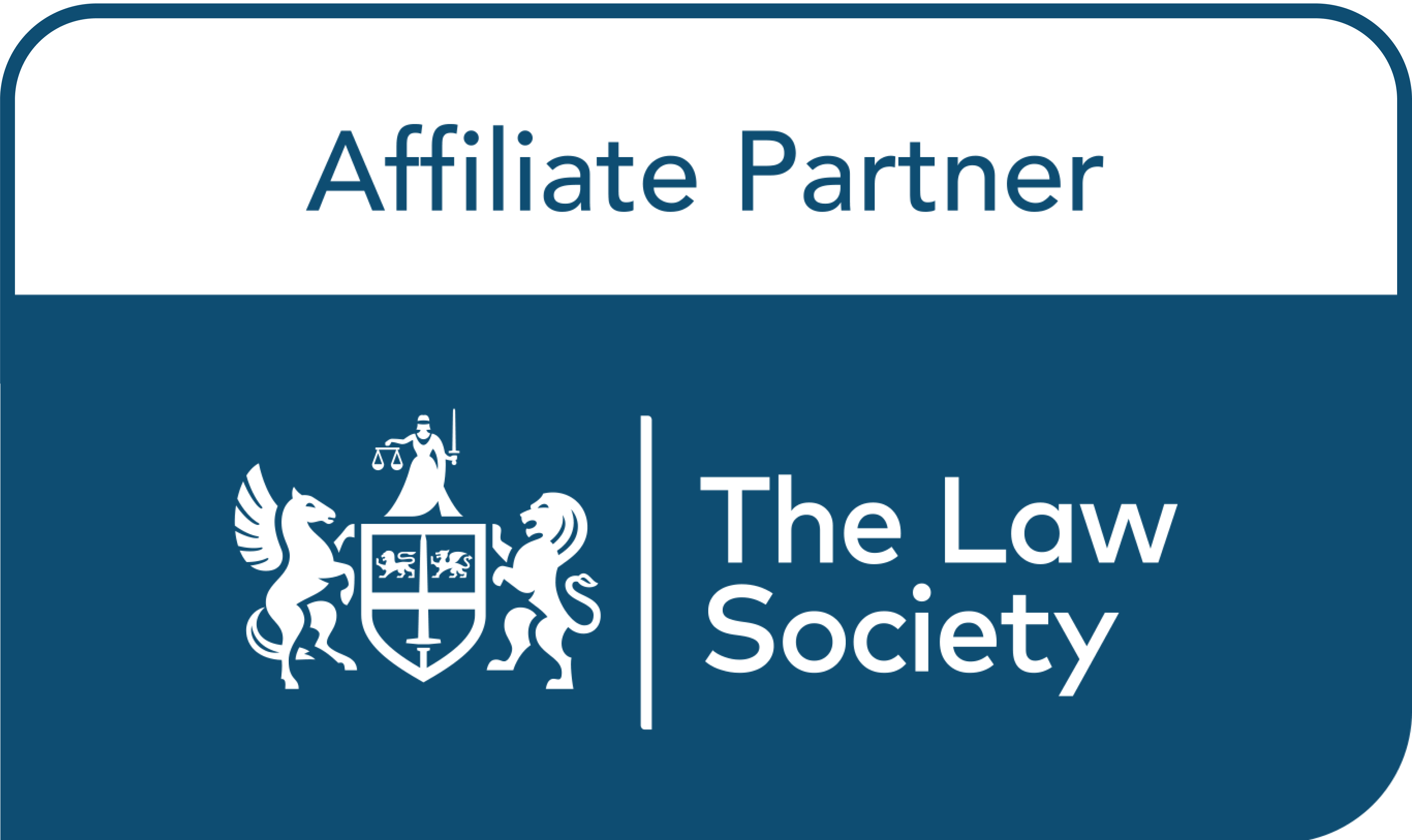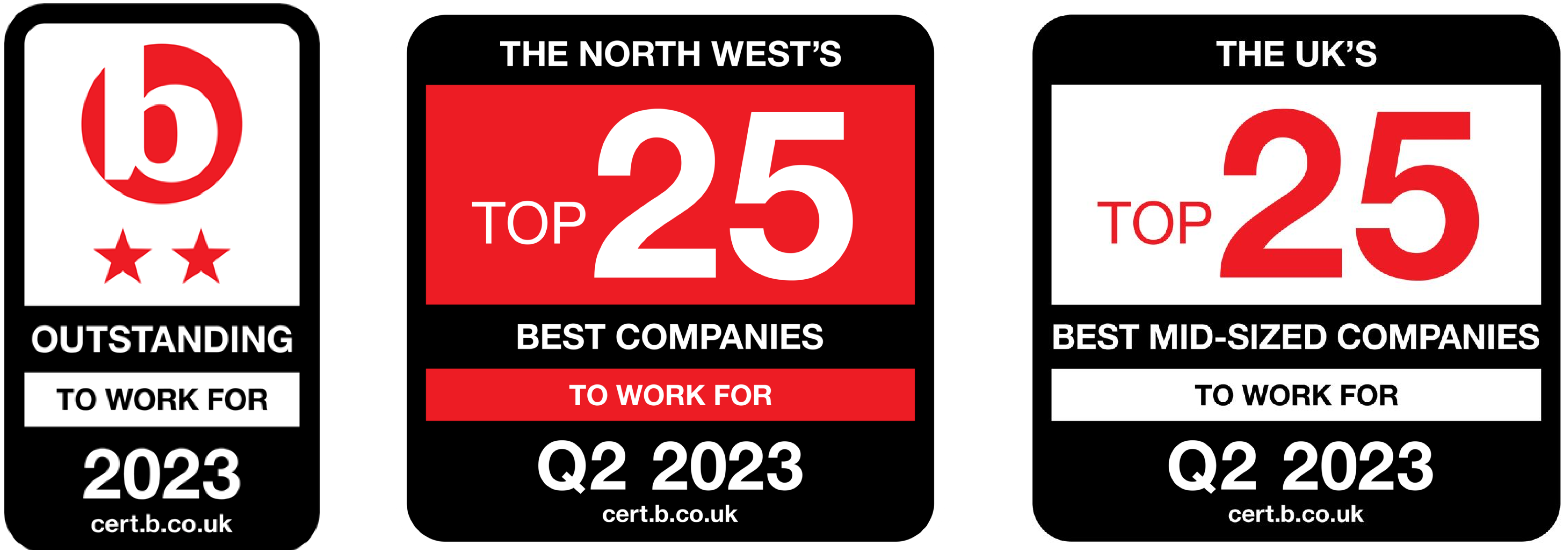
What’s changing with legal forms in 2022: Digitisation of AP1
23/11/22In conversation with Paul Clyde and Archie Courage about the eAP1 ‘Application to change the register’ and other digital forms
During our Halloween webinar week, on 1st November we hosted ‘New eAP1 digital submissions made easy’ in partnership with the team at FormEvo.co.uk and SDLT.co.uk. Chaired by Quill’s Julian Bryan, we covered everything from automatic population into forms from MyQuill, to submission of SDLT (England) and LTT (Wales) forms digitally straight to the relevant authority, to the ongoing digital transformation process including eAP1 which is fully supported by Quill Forms.
Here’s a helpful recap of our webinar with Paul Clyde (Commercial Director at FormEvo) and Archie Courage (Managing Director at FormEvo)…
WATCH WEBINAR
What’s the biggest upcoming legal forms change?
While our government and civil service hasn’t always been the quickest to evolve, there are changes afoot. The first of these changes, and the core theme of this webinar, is the way law firms submit form AP1. PDF upload of AP1 data is currently being phased out and will be replaced completely by the end of November with the eAP1, and its digitally entered and submitted data to HM Land Registry (HMLR).
Back in the noughties, digital transformation began with HM Revenue & Customs (HMRC). The end result was a faster, slicker procedure for practices with digital SDLT (Stamp Duty Land Tax) and, later, LTT (Land Transaction Tax) forms, and considerable savings for the government. This month, it’s HMLR’s turn and the next cog in the wheel is the eAP1.
What are the options for digital data uploads of the eAP1?
There’s the facility to use government portals to submit from, however, much more efficient and fool-proof solutions exist in the shape of Quill Forms. It’s the difference between typing the same data repeatedly into these different portals or using the single Quill Forms platform requiring one-time data access with flow throughout.
How do you populate data in Quill Forms?
As hinted above, existing users of the MyQuill case management and legal accounts system can automatically populate form fields with relevant contact and matter information straight from their database.
This applies to multiple forms – and there are 2,000 altogether – not just the eAP1. It’s a full-service library with complete integration built in. SDLT and LTT forms are prime examples with the capability of data pre-populated via MyQuill and property search tool integration.
What are the benefits of auto-population?
Apart from obvious time-saving advantages, the less data there is to manually input into forms, the less chance there is for human error. Where conveyancing is concerned, mistakes lead to requisitions. And, requisitions cost money to put right again.
As an aside, within the SDLT, by selecting the relevant local authority in the ‘Property served by local authority’ form field, you’ll access the SDLT for English properties or LTT for Welsh properties. There are tabs across the top of the form denoting the workflow, each trying to pre-populate with the correct information from MyQuill and other matter-related forms in progress.
What’s the CQS scheme and how does it relate to SDLT and LTT forms?
The Law Society’s Conveyancing Quality Scheme (CQS) mandates the checking of data, predominantly tax calculations, by a second set of eyes. Quill Forms caters for this requirement in field Q10.1, titled ‘3rd Party Review’. It’s an optional part of the Quill Forms service, and there’s no additional charge for using, so you can switch on or off accordingly.
If ‘on’ mode is activated, there are a series of tick boxes whereby you assign a fee earner to check over the form details. Thereafter, Quill Forms logs the audit trail of actions taken to evidence the secondary checks in motion, all of which can be seen in the ‘CQS Audit’ tab of the SDLT or LTT form; this being a condition of CQS as something that’s reviewed during auditing.
Which other functionality is there in Quill Forms to minimise the risk of mistakes and, therefore, requisitions?
In terms of SDLT and LTT forms, coming soon is the ability to perform a proprietor name check. By clarifying the names of individuals with HMLR during form completion, it ensures core details are correct upfront, thereby reducing the possibility for mistakes further down the line once the form’s submitted and you’re starting to move onto the eAP1. Plus, remember, avoiding mistakes means reducing the opportunity for requisitions.
SDLTs and LTTs essentially combine two processes together, as there’s a ‘Quick fill your AP1’ section located on the right-hand side of your screen allowing you to speedily populate your eAP1 with much of the same data for major time savings and accuracy improvements. Once you’ve digitally submitted your SDLT or LTT, you’ll receive a prompt at the top of the screen to create your eAP1 with auto-fill.
How long does it take to complete the eAP1?
If your eAP1 is 50% to 90% auto-filled, you’re benefiting from reusing data. You only need to scroll through the form, type any missing dates and data, and add attachments. It’s a few minutes for the entire task.
How are validation checks of the eAP1 performed by HMLR?
In the past, a person has checked through AP1 forms and would notice (and highlight) errors for rectification, such as the transferee and transferor being in the wrong boxes. Because of this extra help, you were less likely to get requisitions.
Now, software performs validation checks of the digital eAP1 form so there’s a greater chance of getting it wrong. Due to the many and varied validation features in Quill Forms, however, there’s actually a much greater chance of getting it right! Auto-population from the SDLT and LTT, and pre-submission system validations are great starting points for minimising mistakes by reducing data inputting.
Any requisitions are returned and reside within the Quill Forms software itself.
Where does the MR01 come in?
Going back to the SDLT and LTT forms, if the sale relates to a commercial property, you can auto-fill the MR01 ‘Particulars of a charge’ form and interact directly with the Companies House portal – all within Quill Forms. With the digital version of the MR01, you can engage directly with the agency via the form to the charges checker (for the company number) and company checker (for the company name). Incorrect data will get the form rejected so these live checks stop this from happening.
It’s easier than you may think to input incorrect company name information and, therefore, get your forms rejected. For example, the error can be as simple as entering ‘A Company Ltd’ rather than ‘A Company Limited’, as it depends on exactly how the business is registered with Companies House.
Possible next digital transformation steps
Current signature options are (1) basic – click on a link to sign a form or (2) advanced – additional stage involving use of two-factor authentication. That’s where we stand right now with Quill Forms but we’re heading towards the qualified e-signature where you have the ability to self-ID without any need for two-factor authentication.
Qualified e-signatures open up what’s probably the next phase in HMLR’s digital transformation regarding the TR1 ‘Transfer of whole of registered title(s)’ form and its potential removal of witnesses.
The previous ‘soft touch’ approach by HMLR is becoming a ‘hard touch’ by the end of this month so now’s the time to get eAP1 ready. Be efficient – use Quill Forms.
Quill Forms gives you the digital tools at your fingertips so you’re prepared when other government departments engage with digital transformation. Basically, the groundworks are there for all 2,000 forms. The Quill Forms suite will become digital as soon as the government departments themselves become digital.
Where can I access Quill Forms?
Quite simply, when logged into MyQuill, there’s a ‘Forms’ button in the left-hand navigation bar, denoted by a clipboard icon, where you’ll find all the forms you subscribe to in draft, pending and completed status. You can purchase new forms from this same location.
What are the associated costs for Quill Forms?
To give you a flavour of costs, for the SDLT or LTT with eAP1, it’s £8 per combined successful submission. For the eAP1 on its own, it’s £6 per successful submission. For Companies House forms, including the MR01, it’s £6 per successful submission and we also collect the Companies House fee of £15.
Getting started with Quill Forms
For anyone who’s not yet a Quill client, email forms@quill.co.uk or call 0161 236 2910 and the Quill team will set you up in next-to-no time. Read more at www.quill.co.uk/legal-software/forms.
WATCH WEBINAR
More from our blog

15th February
It’s a wrap: January recap and rebrand
Having returned to work rested and recuperated after the Christmas break, we’ve gotten straight into business mode in January, and completed a major phase in our integration into Dye and Durham by rebranding our digital and physical assets.

25th January
Four ways to help your team embrace new technology
Our new top tips cover choosing technology that solves your team's problems, involving your team in the decision, training everyone thoroughly in the new software and phasing in the new system.

18th December
A year in Quill: 2023 under review
In our 2023 review, we thank you for another successful year in business and take you on a trip down Memory Lane.


